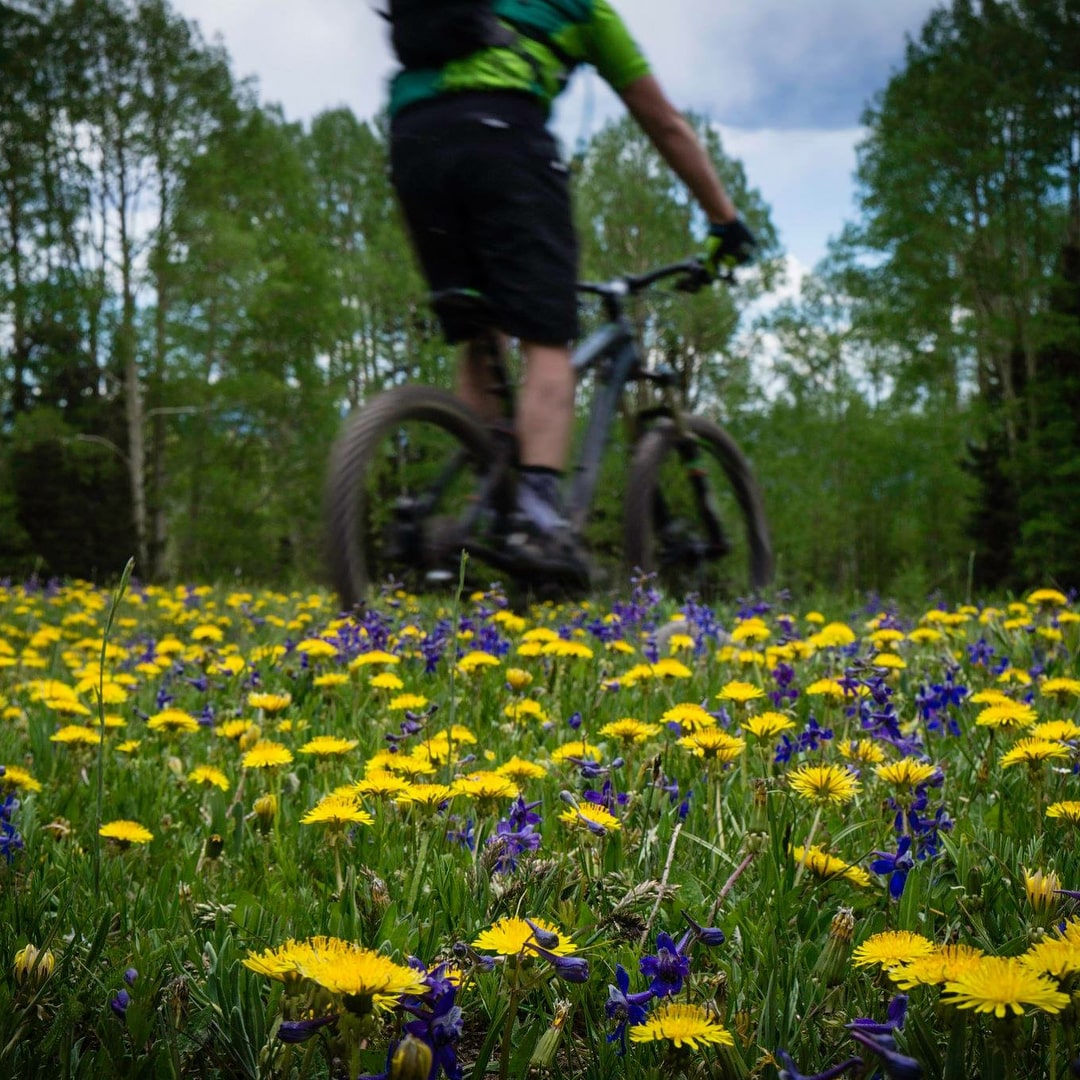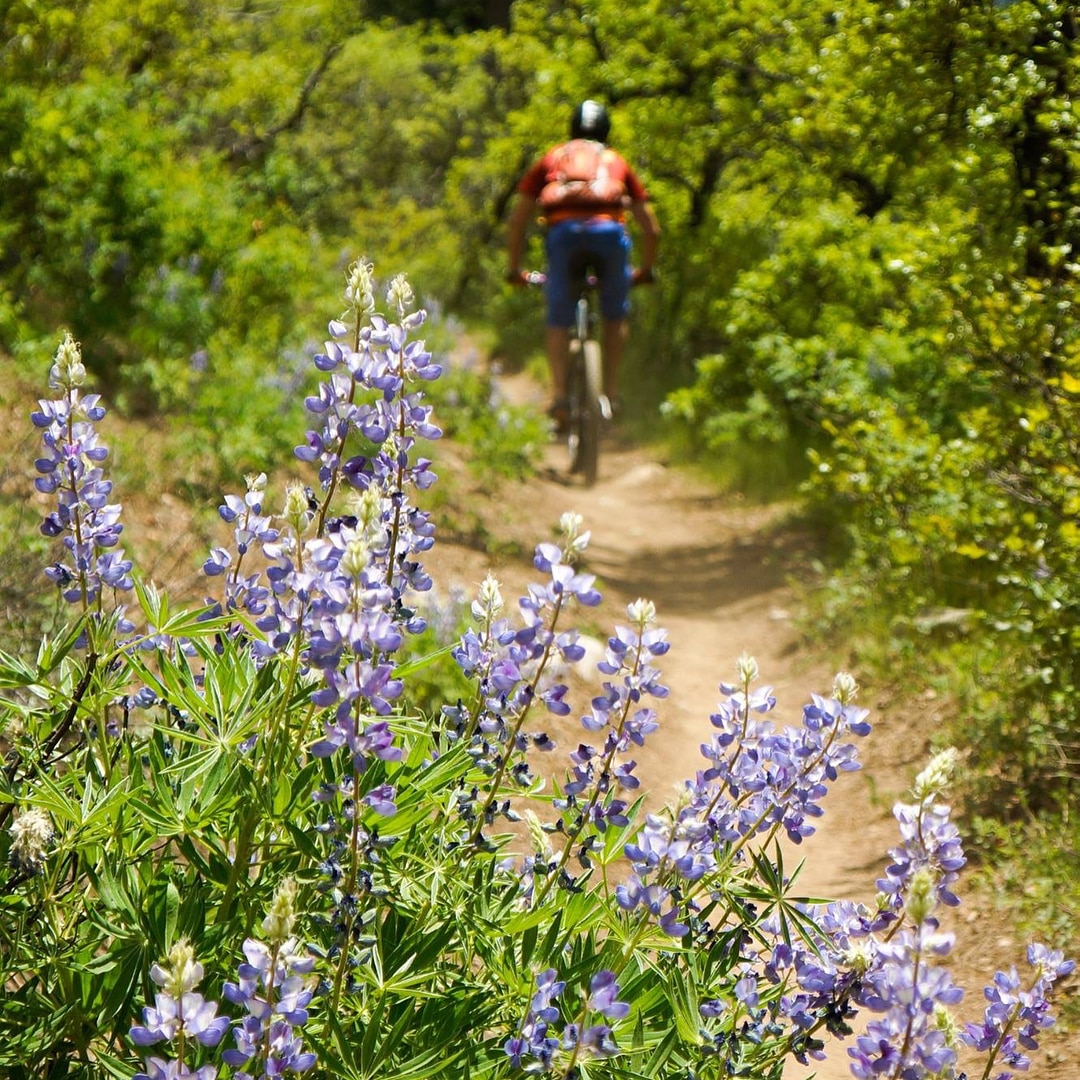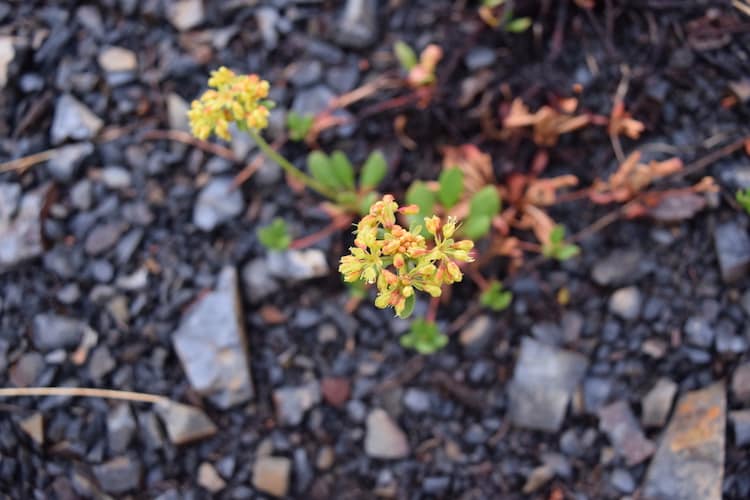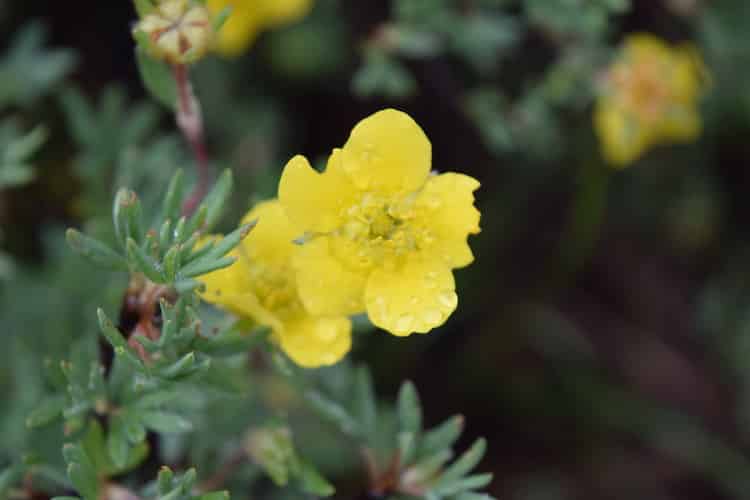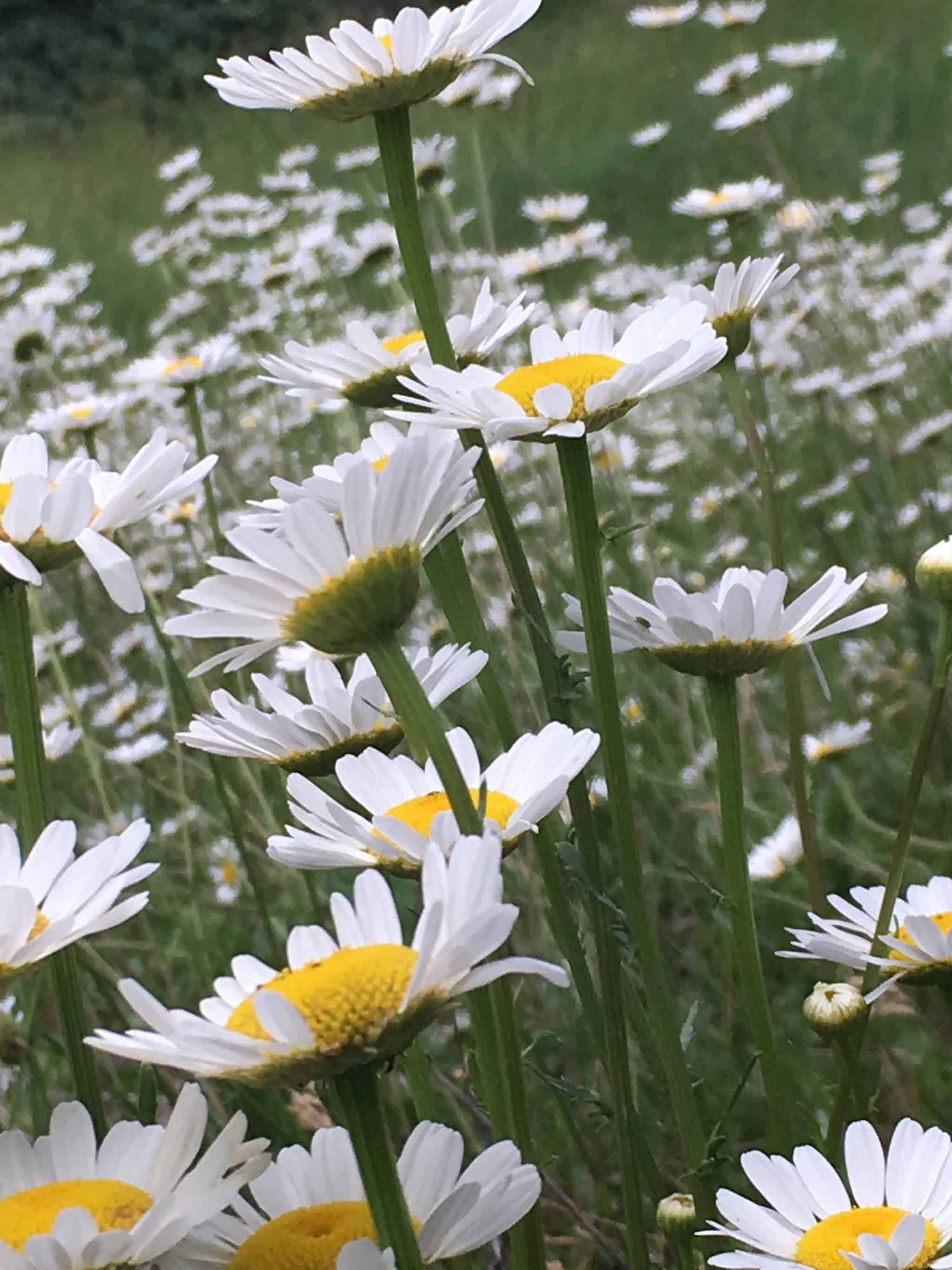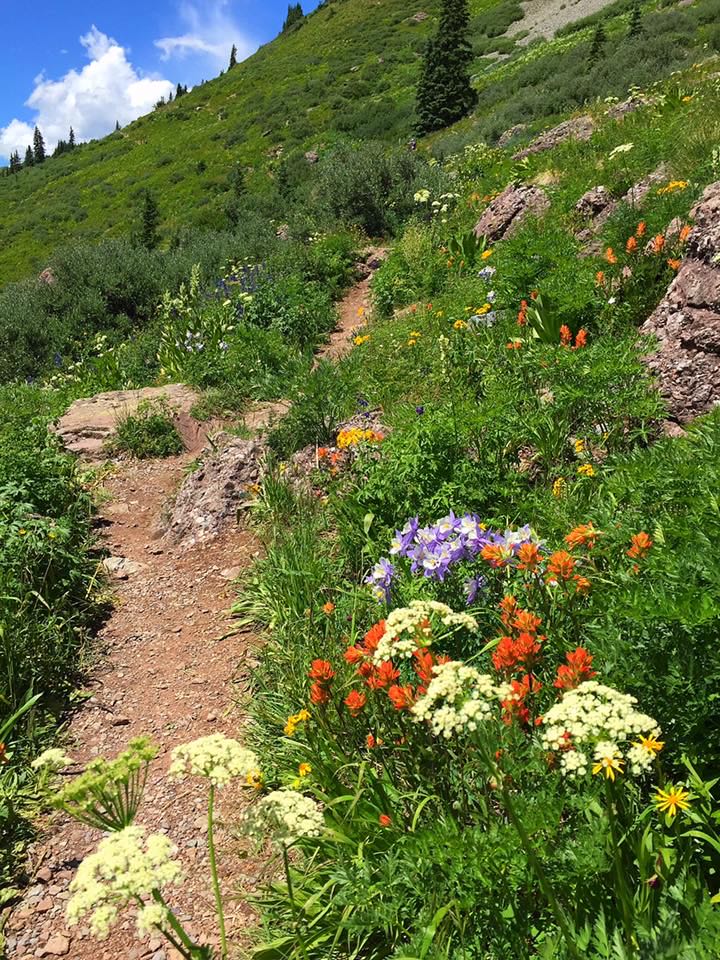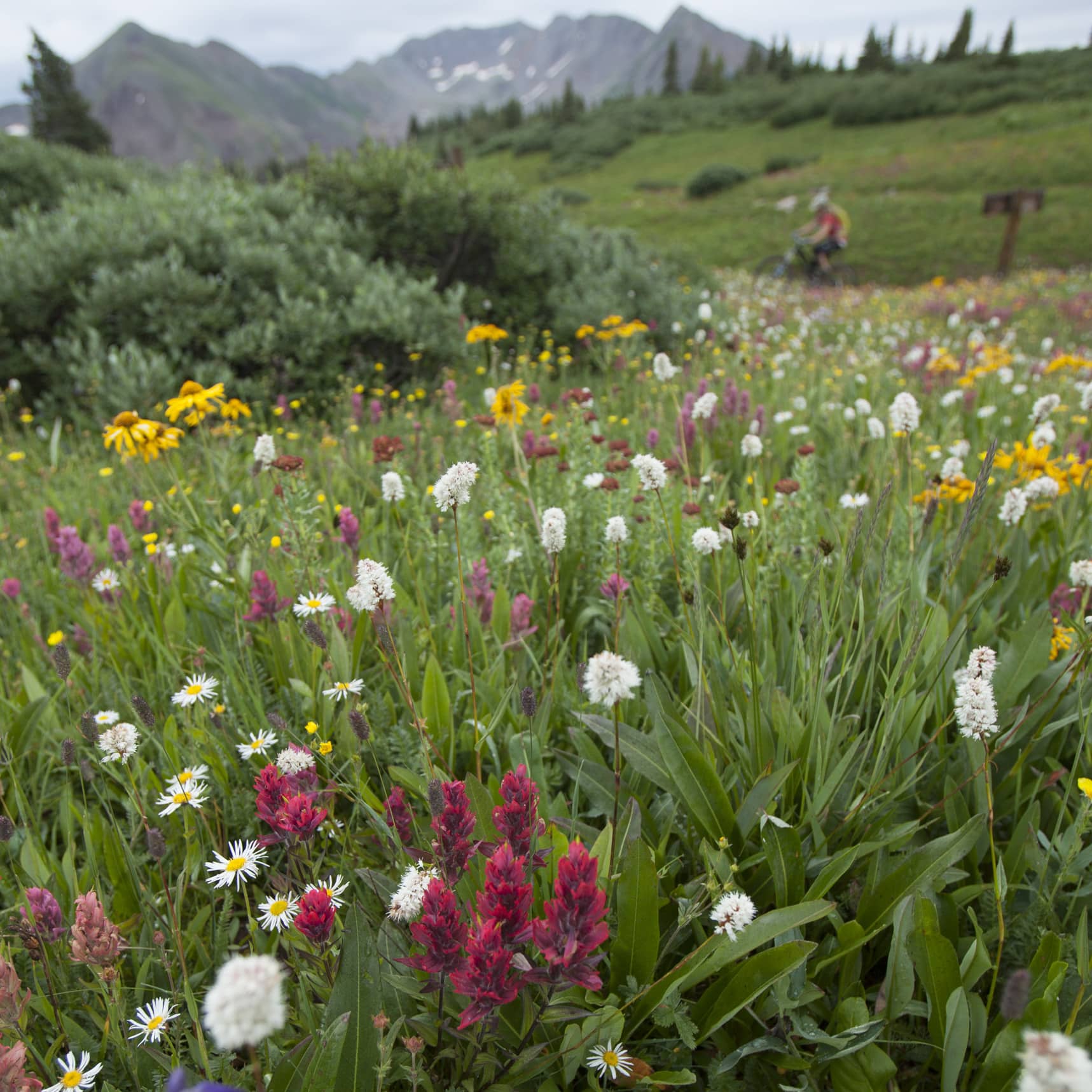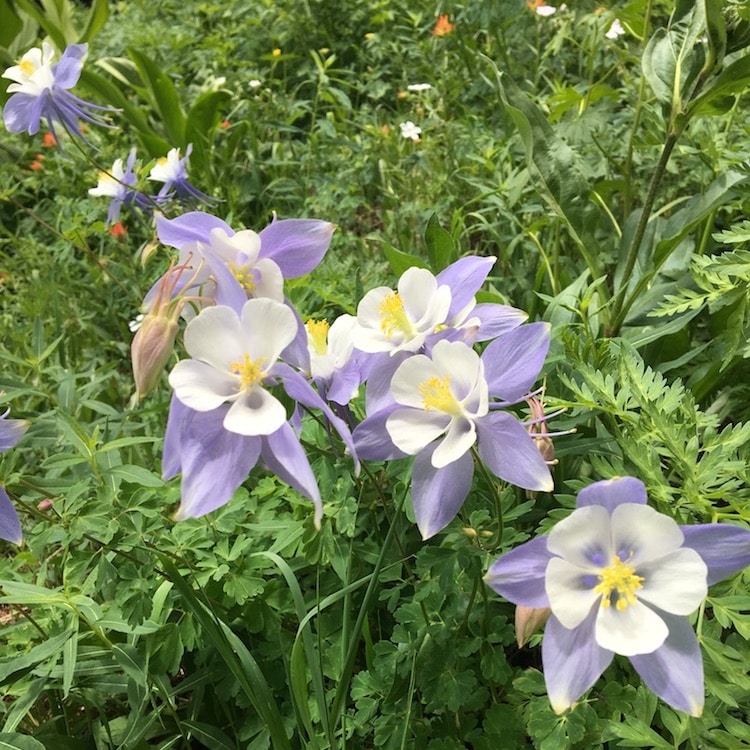Photo courtesy of Jason Bushey Photo courtesy of Jason Bushey Photo by Scott DW Smith
The San Juan Mountains and area trails are full of wildflowers from lupine on our urban interface trails to alpine wildflowers found in the alpine tundra (the area above treeline, 11,000 feet) of the Alpine Loop, Weminuche Wilderness or Lizard Head.
Remember your Leave No Trace ethics and please do not pick wildflowers but leave them for others to enjoy.
Moss Campion
Moss Campion has a dense, pincushion-like foliage that usually forms a low mat. It is covered with tiny pink flowers that become so numerous that they completely cover the foliage. Moss campion is a common plant in meadows, exposed ridges, and on stone-covered ground above timberline
Found In: Alpine locations, meadows, exposed ridges
Best Time to See Them: June to August
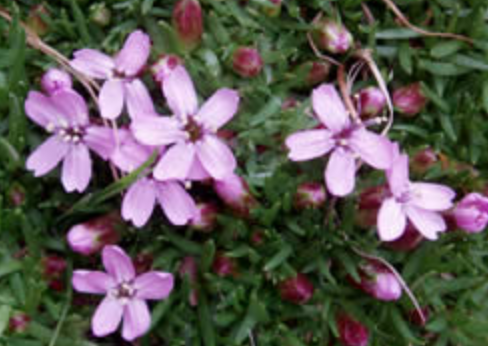
Alpine Phlox
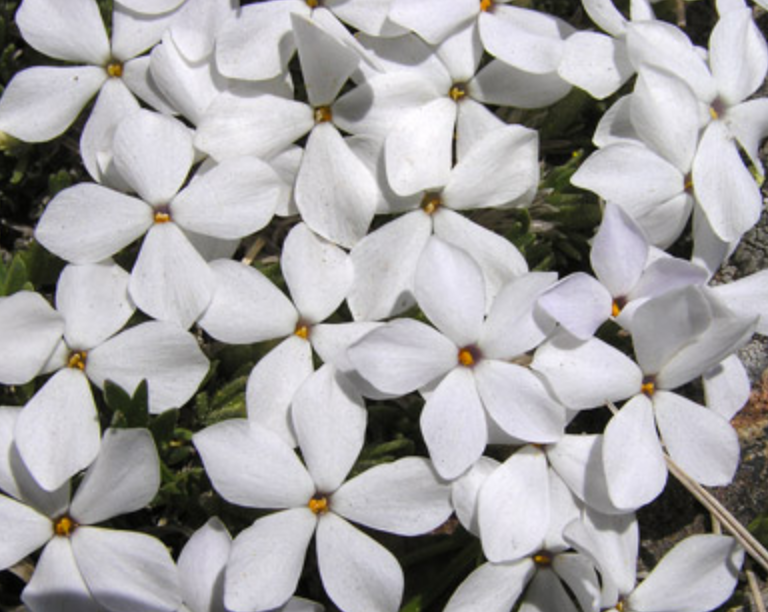
Alpine Phlox has small, five-petaled, white to light blue colored flowers are crowded on the top of the short, sticky foliage. Alpine Phlox is a common plant of the alpine tundra and is found in open rock ground and on exposed ridges
Found In: Alpine tundra, rocky locations
Best Time to See Them: May to August
Colorado Columbine
Colorado’s state flower, the Columbine has five, ice-blue to dark0blue sepals which taper back to form spurs. The sepals surround five, white-lobed petals. In rocky or alpine areas, the plants tend to be compact with numerous small flowers. Plants in moist, subalpine meadows grow tall and spindly with few flowers. Columbines are common in alpine tundra and meadows. Please don’t pick the State Flower.
Found In: Mountainous regions, elevations from 6,000-12,000 feet
Best Time to See Them: June to August
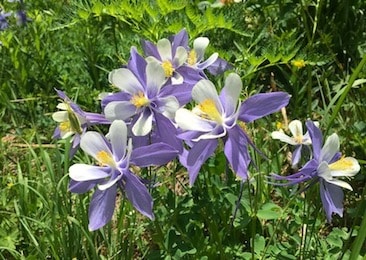
Larkspur
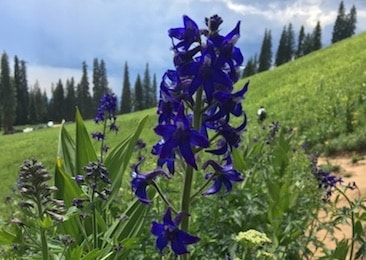
Larkspur is a slender, upright flower featuring clusters of flowers down a tall stalk. Flowers can range from pale blue to purple to white. Stems of the flowers have small, sticky “hairs” and leaves grow mainly around the base of the flower.
Found In: Pine forests, alpine meadows
Best Time to See Them: Late spring through July
Queen Anne’s Lace
Queen Anne’s Lace features a slender stem with many branches; each branch is topped with groupings of small flowers. Queen Anne’s Lace can grow to be up to two feet tall.
Found In: Fields, clearings, along roads
Best Time to See Them: May to September
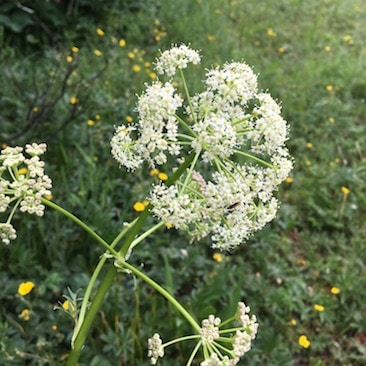
Alpine Paintbrush
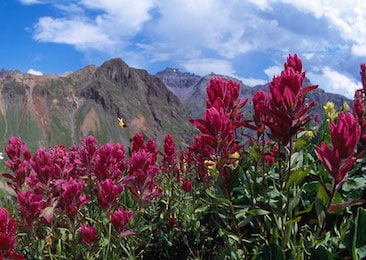
The flowers of the Alpine Paintbrush come in vibrant colors ranging from orange, yellow, purple, and pink. The colorful parts of the flower are actually leaves or bracts, while the flowers are generally enclosed.
Found In: Alpine meadows and clearings up to 12,000 feet
Best Time to See Them: June to September
For more information on Southwest Colorado’s wildflowers, click here.

